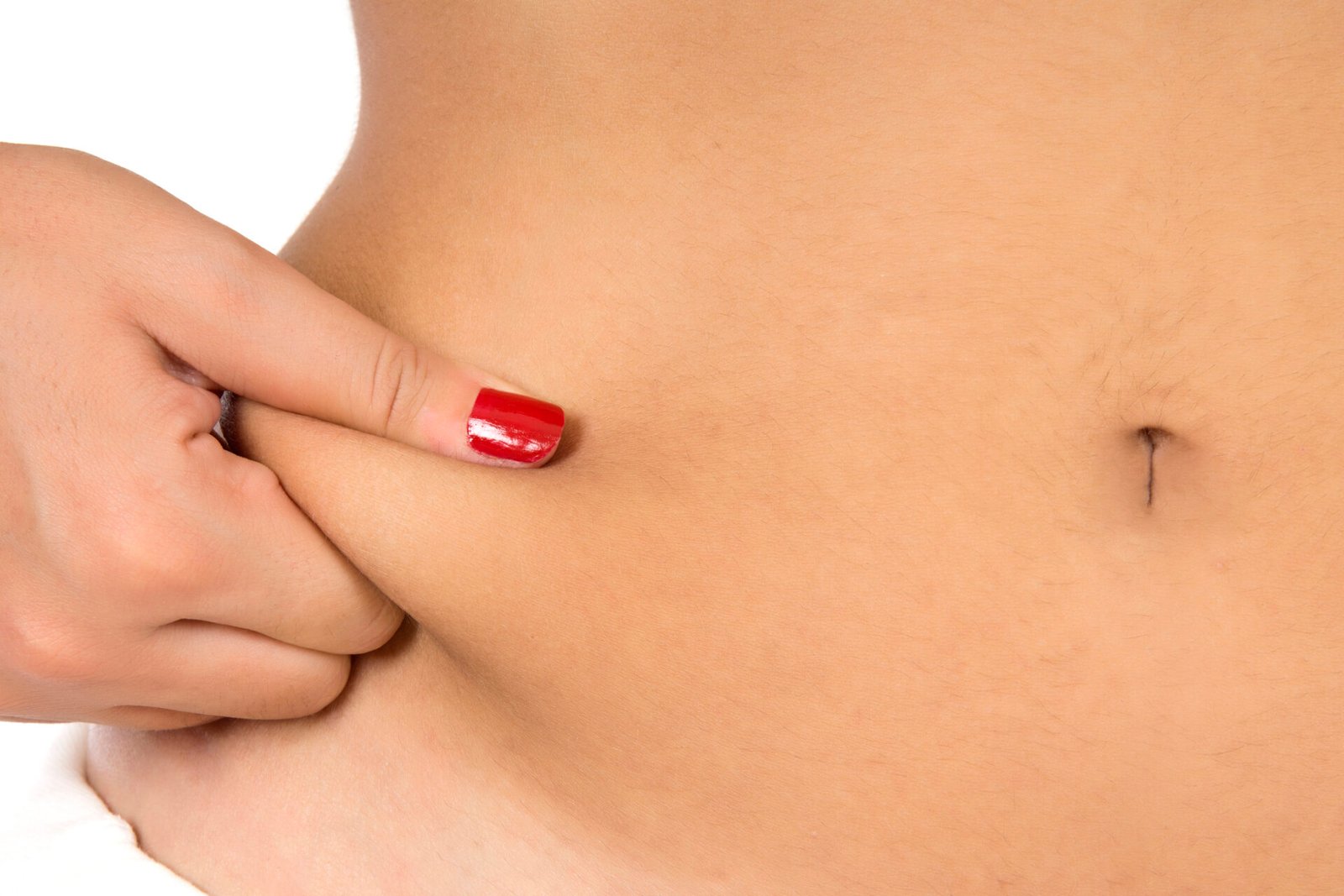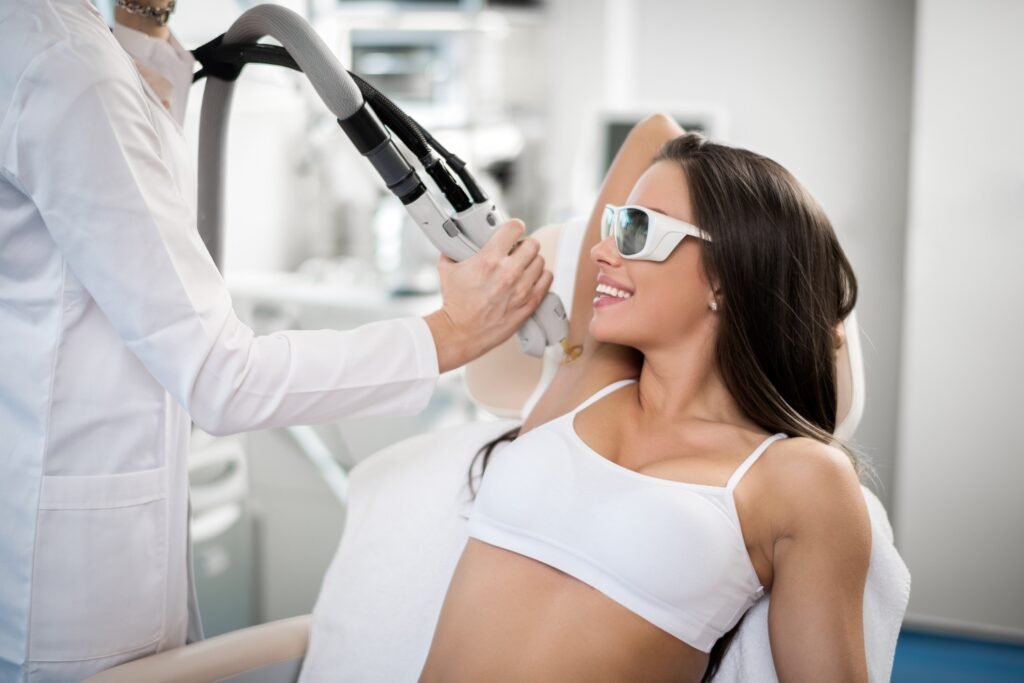What is Intradermotherapy?
Intradermotherapy, also known as mesotherapy, is a minimally invasive method where medications are injected into the skin to improve their effectiveness. This technique, originating in France, enables drugs to act with high concentration at the targeted area, leading to enhanced results. Biomedical aestheticians typically carry out this treatment.
Intradermotherapy offers visible results early on and serves as a cost-effective alternative to surgeries and other treatments with lengthier recovery periods.
Signs of Intradermotherapy
Intradermotherapy is recommended for areas with excess fat buildup to enhance skin appearance and reduce localized fat deposits that may not respond to exercise.
Intradermotherapy may also be recommended for:
- Facial intradermotherapy on the face area.
- Body intradermotherapy region.
- Cellulite treatment.
- Flabbiness.
- White boards.
- Skin rejuvenation.
- Expression wrinkles reduction.
- Reduction of the double chin.
- Fat removal in the underarm area;
- Reduction of specific fat deposits.
- Treatment for hair loss and scalp rejuvenation (intradermal capillary therapy)
Intradermotherapy Contraindications
Intradermotherapy should not be used in the following situations:
- Expecting a baby;
- Infants.
- Patients with heart conditions.
- Patients who are sensitive to medications;
- Patients suffering from long-term illnesses.
- Patients experiencing kidney issues.
The Brazilian Society of Aesthetic Biomedicine mandates that a specialized professional must conduct an assessment of the patient before administering Intradermotherapy.
How is the treatment performed?
Very tiny needles are utilized to administer medications to the area. For fat reduction, the injection targets fat cells, while for skin treatments such as addressing sagging, the injection reaches a slightly deeper layer.
The medications include enzymes, amino acids, lipolytic substances, anesthetics, vitamins, minerals, plant extracts, and allopathic drugs.
DMAE, vitamin C, and hyaluronic acid are medications that help reduce wrinkles by enhancing skin elasticity and promoting collagen production, thus improving skin firmness.
All these items are officially recorded with the National Health Surveillance Agency (ANVISA).
When these drugs are injected, they increase permeability, leading to localized action and enhanced effectiveness. This results in immediate vasodilation, enabling the drugs to spread locally and work in the targeted area.
The biomedical professional will administer the products to the areas undergoing treatment following the patient assessment.
What does capillary intradermotherapy involve?
Capillary intradermotherapy, also known as Microinfusion of medications in the scalp, is recommended for addressing hair loss by reducing it and promoting hair growth through the insertion of medications with tiny needles into the scalp.
Hair loss can occur in both men and women due to various factors such as hormones, genetics, stress, and chemical hair treatments. In some cases, even with normal hormonal levels, significant hair loss can be attributed to genetic factors, known as androgenetic alopecia.
Capillary intradermotherapy medicines stimulate the capillary bulb and collagen production, recommended for hair loss and weakening. Both men and women can undergo the treatment for visible results.
Androgenic alopecia is a male characteristic that points to capillary intradermotherapy, along with scalp rejuvenation for women who have experienced severe hair damage due to aggressive chemical treatments, resulting in significant hair loss and weakening.
In these situations, it is important to assess the case to determine the appropriate number of sessions required. In certain instances, oral medication can complement hair intradermotherapy in treating hair loss.
Hair Intradermotherapy is a procedure that a Biomedical Esthetician can perform, and it is crucial for the patient to receive it from a skilled and specialized practitioner.
Questions and responses
What is the reason for me to undergo this treatment?
Intradermotherapy is recommended for various reasons.
- If performed correctly and with proper guidance, this uncomplicated procedure poses no health risks to the patient.
- It can be completed in the summer since the outcomes are achieved rapidly.
- You don’t have to take breaks between sessions and can go back to your usual routine right away.
- There is no need for surgery or extended, uncomfortable healing period following the procedure.
- It is a safe and efficient solution that provides noticeable outcomes.
- Its cost is reasonable, making it a good investment.
How much time do application sessions typically endure?
The time needed for the procedure can vary depending on the case and the number of areas being treated, but the application itself is quick and does not involve any delays.
On average, 5 to 10 sessions are typically needed, with the number of sessions and intervals between them varying based on the specific case and treatment areas.
What outcomes can be anticipated?
- Enhances the look of the skin by reducing stretch marks and sagging.
- Reduces body size by decreasing localized fat.
- Reduces the appearance of cellulite.
- Reduces the appearance of fine lines on the skin.
What precautions should I take before the sessions?
The patient must undergo a biomedical esthetic evaluation, disclosing if they are taking medications or undergoing other treatments. It is crucial for the patient to provide this information.
It is essential that the treatment area is clean and free of moisturizing creams or makeup.
If the patient is using anticoagulants like Acetyl-Salicylic Acid, it is crucial to stop taking the medication.
What precautions should I take following the sessions?
It is crucial to avoid putting pressure or friction on the treated area when undergoing intradermotherapy, so it is recommended not to wear tight clothing.
Using ice packs in the area can prevent the formation of bruises on the skin.
It is advised to avoid sun exposure on the face in the initial days following facial intradermotherapy, and it is recommended to use a facial sunscreen with at least SPF 30.
No rest is necessary following the sessions, and the patient can promptly return to their regular routine after each session.
Possible adverse reactions?
When properly administered, Intradermotherapy has minimal side effects due to the localized application of medications, resulting in negligible systemic side effects.
After the procedure, pain, slight sensitivity, swelling, and bruising may occur at the site of application. Adhering to the recommended postoperative care can reduce these side effects.
Patients who have fragile capillaries may experience the development of bruises, which typically fade away within a week. As a result, the time between treatment sessions is always at least seven days.
Schedule your day today at the nearest GiOlaser to invest in yourself with their specialized treatments. Let us know if you have any questions or feedback.



